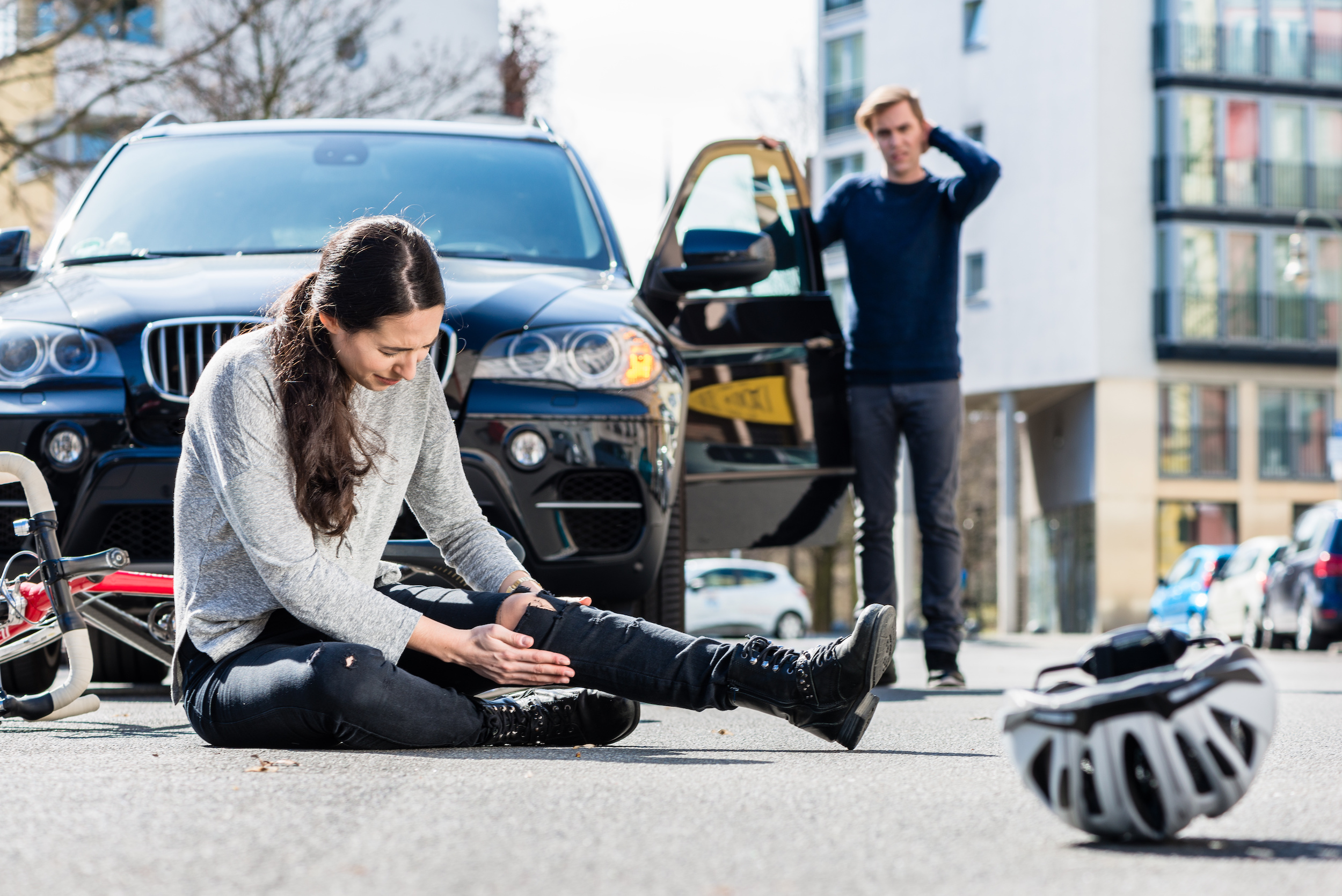In the centre of any respectable personal injury case is, of course, a personal injury of some sort. However uncertain the defendant’s responsibility or the extent of the plaintiff’s loss might be, no circumstance can make it much without some proof the plaintiff’s damage.
A Complaint Is Filed and Offered on the Defendant
After establishing a legitimate case is accessible, the plaintiff’s legal professional will file a personal injury complaint in the correct civil judge. The complaint is the first recognized document in the event, installation of in very extensive detail the particular plaintiff is alleging (the particular defendant did, how the plaintiff was harmed, etc.).
Following the complaint is filed, the plaintiff’s legal professional will have per month or more to find the defendant and “serve” the complaint on him or her. Portion the complaint basically means physically delivering the complaint to the defendant in a manner that can be confirmed, ensuring the defendant cannot later claim to not know about the personal injury lawsuits and claims. Along with the complaint, the service documents will notify the defendant the time by which she or he must “appear” in court docket.
The Defendant Hires an Attorney
The defendant will routinely have a month or even more to find an legal professional before his or her first court time. In case the defendant has assets or an applicable insurance coverage, finding a personal injury defense attorney eager to defend myself against the case should not prove difficult.
If insurance applies, the defendant must inform the insurance provider when she or he is aware of the lawsuit (which really is a strict need in plans). The insurance provider will then appoint and purchase a lawyer if the defendant hasn’t already employed one. Protection attorneys just work at an hourly rate, not under a contingency cost arrangement, so if the defendant can afford to pay out-of-pocket, a “losing” circumstance that’s going for early negotiation is not really a deterrent to the attorney, who’s getting paid in any event.
Pre-Trial and “Discovery”
Inside the pre-trial process, both factors will ask one another for research and see information in a phase called “discovery.” At the first stages, both edges will also appear in court to see the judge of how the circumstance is proceeding, to consent (or not agree with the fact) to mediation or arbitration, and place a trial time. As breakthrough proceeds, both factors will commence to program depositions of the opposing party and witnesses, i.e. question-and-answer sessions under oath.
This technique of breakthrough and intermittent court appearances may take months (a good year or even more), with the trial date frequently being pushed back. Eventually, once breakthrough has concluded, the defendant may ask the judge to get rid of the truth on “summary wisdom,” arguing that the plaintiff cannot possibly win at trial (these motions lose generally).
As the case moves closer to trial, the people will significantly crank up their efforts as they take part in mandatory settlement conferences, make motions to know what information will be allowed at trial, decide on a jury, etc.
The Trial Period of an injury Lawsuit
Finally, the trial will begin and, for a typical personal injury circumstance, previous at least several times. At trial, the judge or jury will see whether the defendant is at mistake for the automobile accident and then for the plaintiff’s losses, of course, if so, how much the defendant must spend in problems. After trial, either get together can initiate an appeals process that can carry on from almost a year to several years. Following the appeals process has been exhausted, a shedding defendant will be asked to pay the damage proven at trial or on appeal.
Settlement May be the Most Likely Outcome
Most injury cases negotiate before trial. At any point along the way described above, the celebrations can negotiate and end the situation, even before the complaint is filed. Find out about the personal damage settlement deal negotiation process and get tips on getting the best pay out.
If you’re thinking about taking a personal injury case to courtroom, it might be time to go over your position (as well as your best plan of action) with an attorney. Get tips about finding the right personal injury lawyer for you as well as your case.
